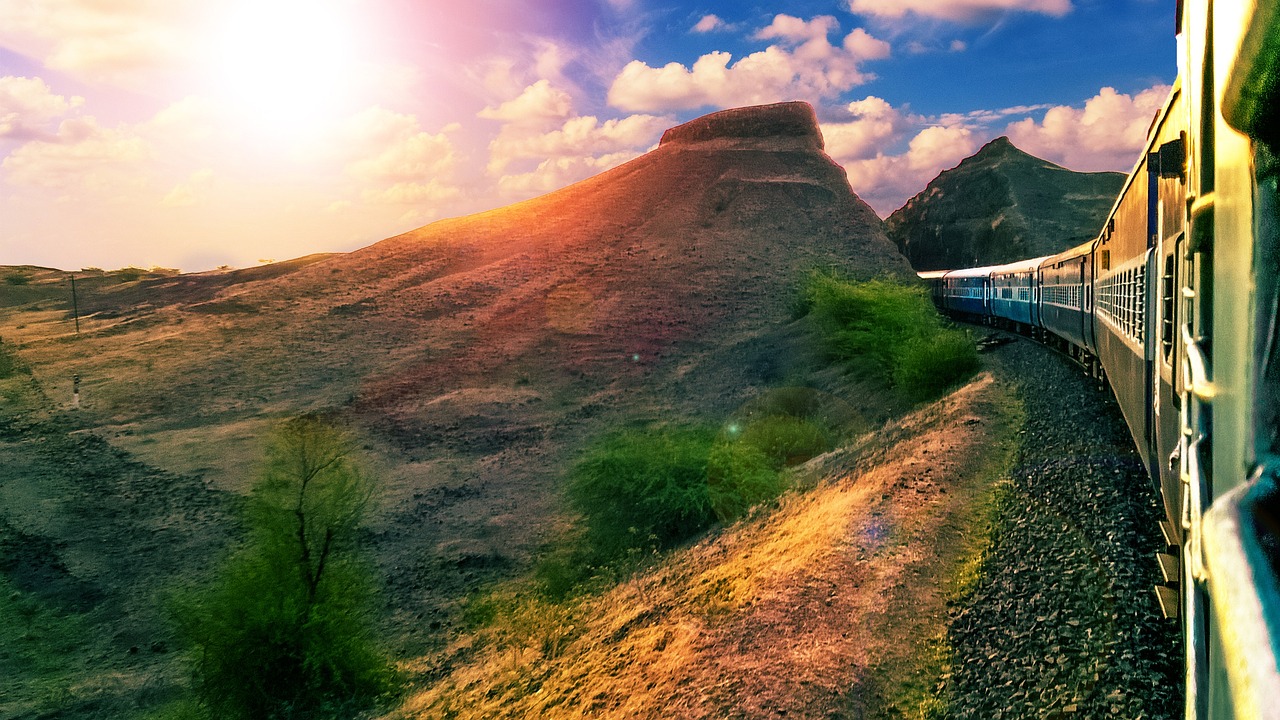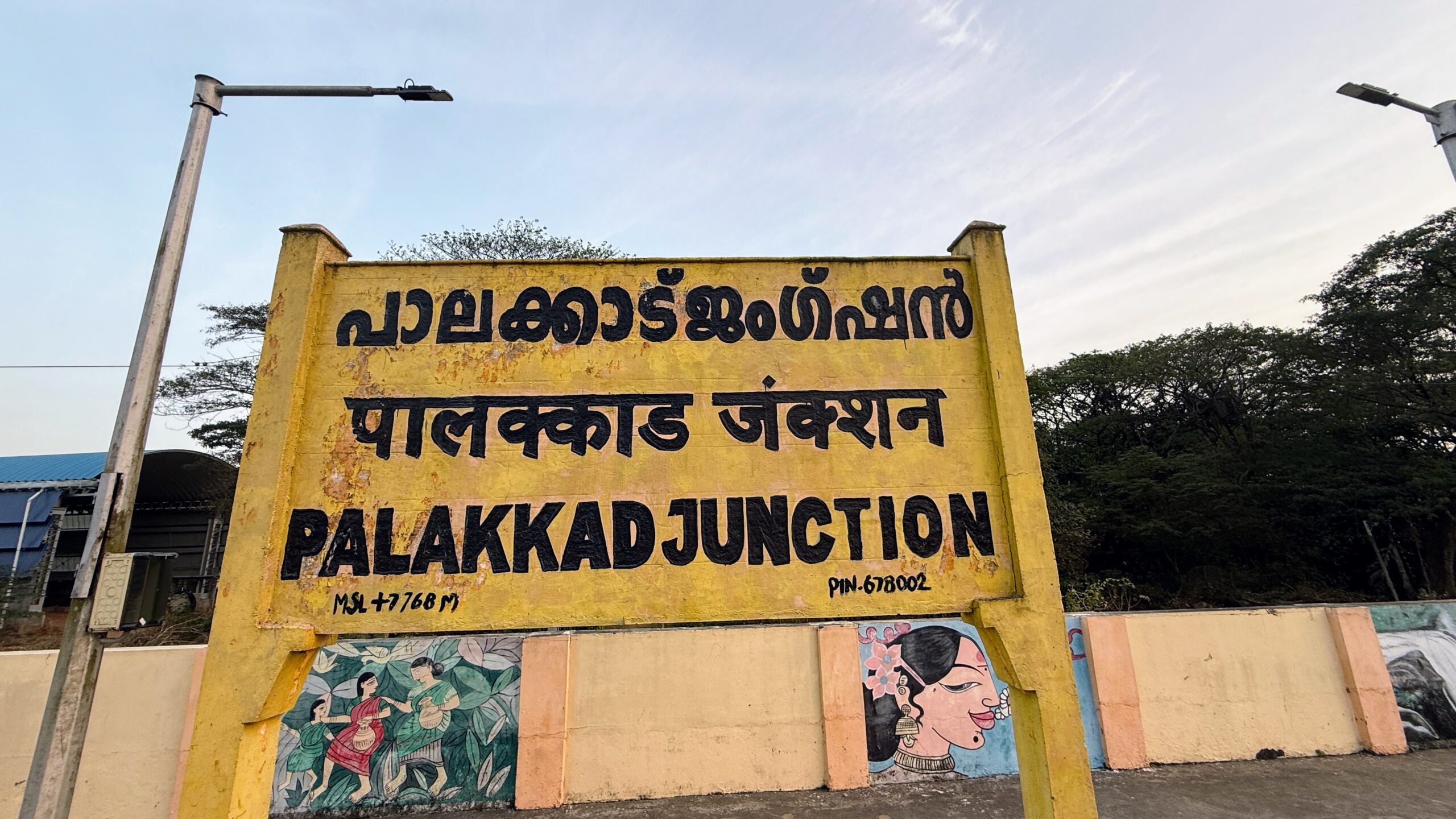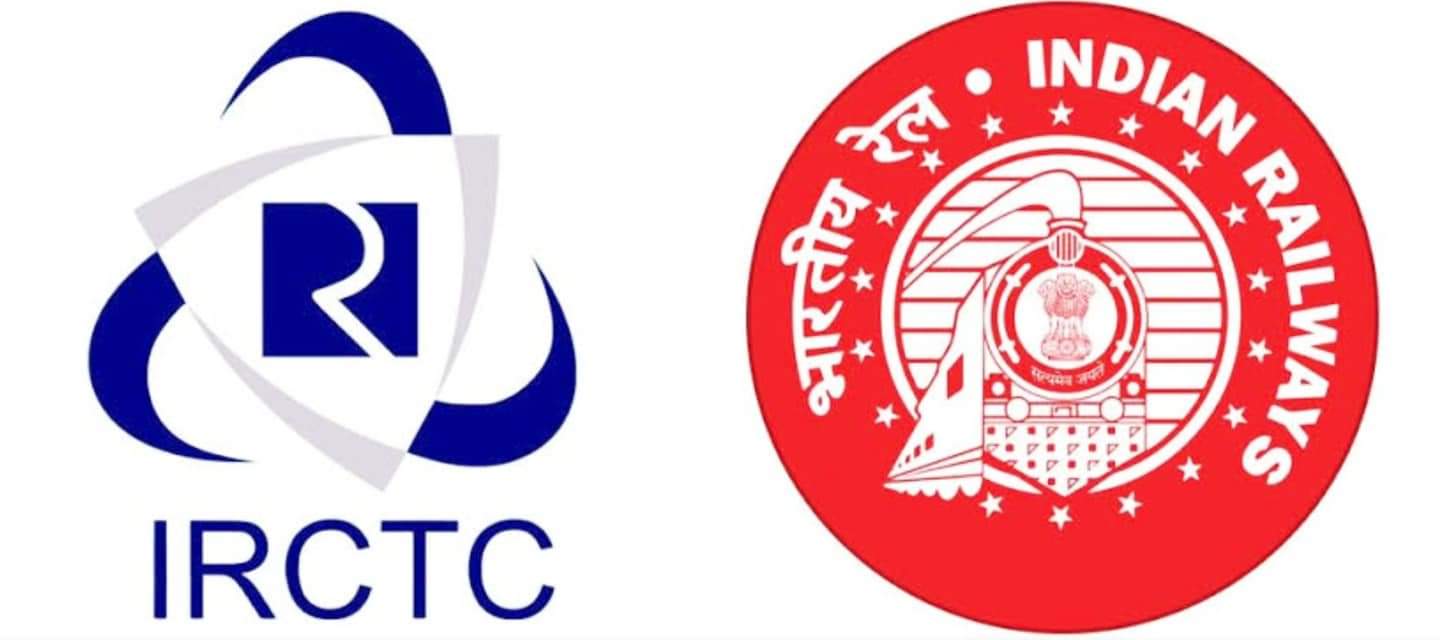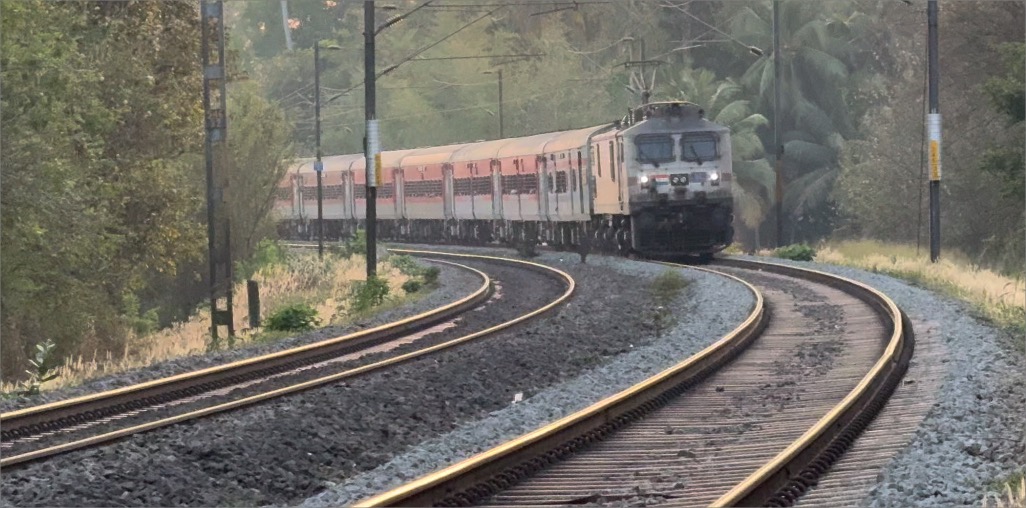Once upon a time, in the vast and diverse land of India, a network of iron and steam began to weave its way across the landscape. It was the mid-19th century, and the British Raj was at its zenith. The introduction of the railways by the British colonial rulers was not just a technological marvel but a transformative chapter in India’s history. This story, like many tales of empire and progress, is complex and multifaceted. It’s a tale of engineering triumphs, economic motives, and profound social impact.
The Genesis of Indian Railways: A British Strategic Move
The first train in India chugged its way from Bombay to Thane on April 16, 1853, marking a pivotal moment in the subcontinent’s history. The British Empire, keen on exploiting India’s resources and consolidating its rule, recognized the potential of railways in enhancing colonial administration and trade. According to the “Indian Railways Report 2018” by the Ministry of Railways, this inaugural journey covered a distance of 34 kilometers, heralding a new era in transportation.
Expansion and Economic Impacts
By the end of the 19th century, the network had expanded significantly. The “Statistical Abstract Relating to British India,” from the British Parliamentary Papers (1890-91), notes that by 1890, the Indian railway network had grown to over 20,000 kilometers. This expansion was not just a feat of engineering but also a strategic tool for resource extraction. Cotton and coal, vital to the British industrial machine, were transported from the hinterlands to the ports, as detailed in the “Economic History Review” (Vol. 61, No. 2).
The Socio-Cultural Transformation
The railways did more than just alter the economic landscape; they transformed Indian society. As noted in the “Indian Economic & Social History Review” (Vol. 40, No. 2), the railways played a crucial role in shaping a pan-Indian identity. They connected diverse regions, enabling the exchange of ideas and cultures, and even played a part in the freedom struggle, as freedom fighters used the network to mobilize support.
The Human Cost and Environmental Impact
However, this progress came at a cost. The construction of the railways often involved the displacement of local communities and significant environmental alterations. The “Journal of Historical Geography” (Vol. 26, No. 3) highlights the ecological impact of railway construction, including deforestation and changes in land use patterns.
The Legacy of British Railways in Independent India
Post-independence, the Indian Railways continued to expand and evolve, becoming the world’s fourth-largest railway network. According to the “Indian Railways Year Book (2020),” the network now spans over 67,000 kilometers. The legacy of the British era is still evident in the architecture of old railway stations and the foundational structure of the railway network.
The story of Indian Railways under British rule is a narrative of progress, power, and transformation. It’s a chapter that played a significant role in shaping modern India, with lasting impacts on its economy, society, and environment. As trains continue to traverse the length and breadth of India, they carry with them the echoes of a past that continues to influence the present.
Sources:
- Ministry of Railways, “Indian Railways Report 2018.”
- British Parliamentary Papers, “Statistical Abstract Relating to British India,” 1890-91.
- “Economic History Review,” Vol. 61, No. 2.
- “Indian Economic & Social History Review,” Vol. 40, No. 2.
- “Journal of Historical Geography,” Vol. 26, No. 3.
- “Indian Railways Year Book (2020).”
Image by Anant Sharma from Pixabay
Hey there! 😊 We run a small YouTube channel for Roads & Rails, and we'd love your support! Now the channel features daily Rail fanning videos.. Please Hit that subscribe button to help us stay inspired and create even more exciting content. Got questions, feedback, or ideas for collaboration? We’d love to hear from you! Drop us a message at mail@roadsandrails.org. Thanks for being part of our journey!












